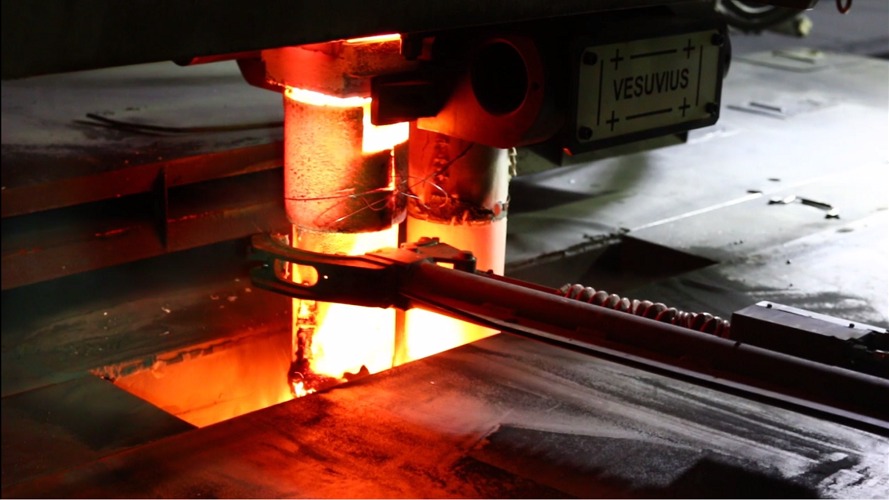L&T Semiconductor Technologies, a fabless chip company, is aiming to begin manufacturing its semiconductor products within the next two years, according to its CEO, Sandeep Kumar. The company intends to set up its chip manufacturing plants after achieving key revenue milestones, with targets ranging between USD 50 million and USD 1 billion, depending on the specific semiconductor technology.
In an interview, Kumar shared that L&T is currently focused on designing 15 different semiconductor products simultaneously, and they are halfway through the development process. Six product designs are already in progress, with expected launches by the end of next year. The production phase for these products is projected to start in two years.
Developing Domestic Semiconductor Expertise
Kumar highlighted the strategic significance of starting as a fabless chip company to reduce India’s reliance on foreign semiconductor firms. He emphasized that domestically designed products would provide India with better control and security over its semiconductor industry, safeguarding it from potential risks such as external technology restrictions.
Kumar also discussed the importance of building products that hold strategic value within India, cautioning against the potential risks of outsourcing manufacturing to foreign foundries, which could face operational issues or cease production.
Semiconductor Sector Expansion and Collaboration in India
India’s semiconductor industry is witnessing rapid growth, with companies such as Tata Electronics, Micron, CG Power, and Kaynes Technologies investing Rs 1.52 lakh crore to establish semiconductor units. Tata Electronics is notably setting up the country’s first major wafer fabrication plant. Additionally, Tower Semiconductor, in partnership with the Adani Group, has announced plans for another chip manufacturing facility, with a proposed investment of Rs 83,000 crore.
L&T Semiconductor Technologies is also pursuing collaborations with global industry leaders. Recently, the company entered into a research and development partnership with IBM to co-design advanced processors for sectors including mobility, industrial applications, and energy. The collaboration may also focus on processor designs for edge devices and hybrid cloud systems.
Future Manufacturing and Investment Strategies
Kumar outlined L&T’s plans to initially produce chips ranging from 130 nanometer (nm) to advanced 2-5 nm nodes, with applications in mobile devices, electric vehicles, and industrial electronics. The company intends to outsource production to international semiconductor foundries initially, while considering local production if cost-effective.
The company has outlined its criteria for establishing its own semiconductor manufacturing units. A 28-nanometer fab, for instance, requires an investment of around USD 10 billion, and would need to generate USD 1 billion in annual sales to become profitable. Kumar explained that L&T would need to meet these sales projections before committing to such large-scale production.
For more advanced fabs, such as those producing 2-5 nm chips, Kumar noted the significant investment required—around USD 100 billion. He also mentioned the company is exploring smaller-scale fabs using silicon carbide and gallium nitride technologies, which have lower investment thresholds and could become viable earlier. These materials are particularly useful for power electronics and wireless applications, including electric vehicles.
L&T Semiconductor Technologies plans to pursue silicon carbide and gallium nitride technologies in the near term, while larger 28 nm and 5 nm fabs will be considered as the company reaches its financial goals.



